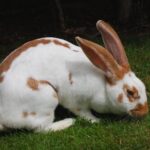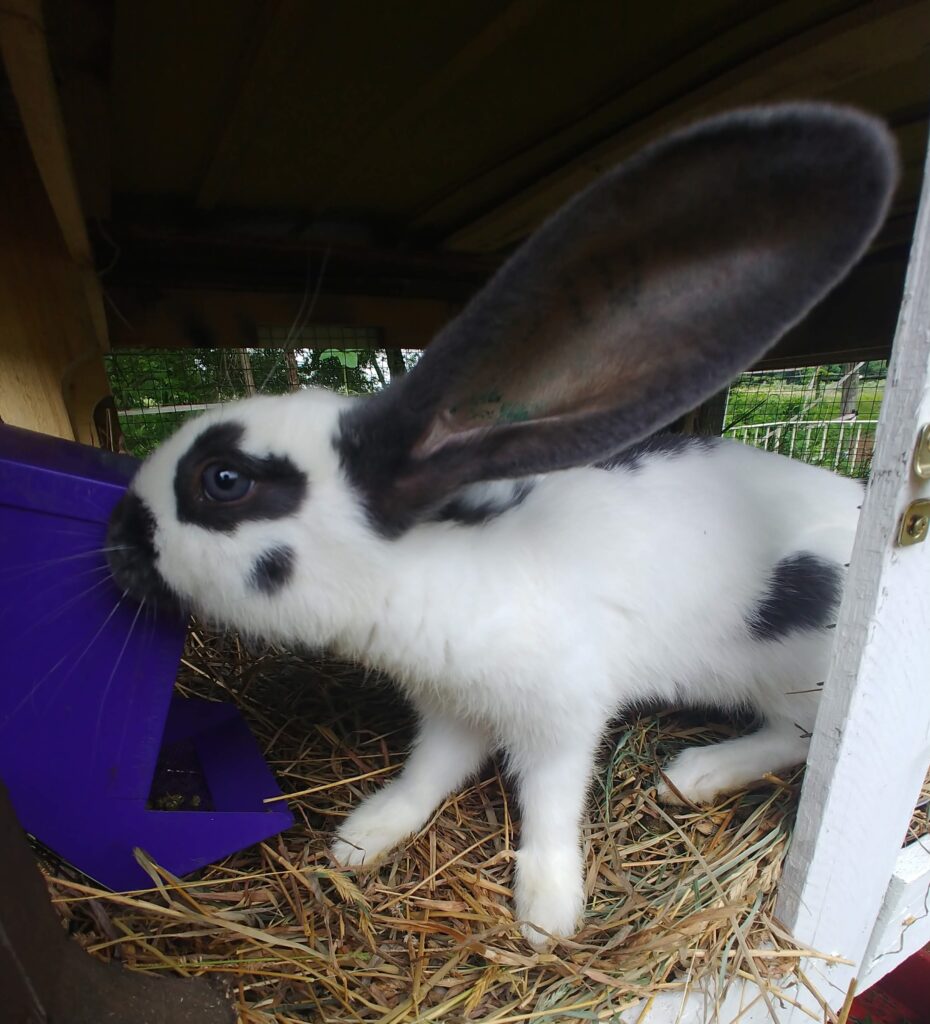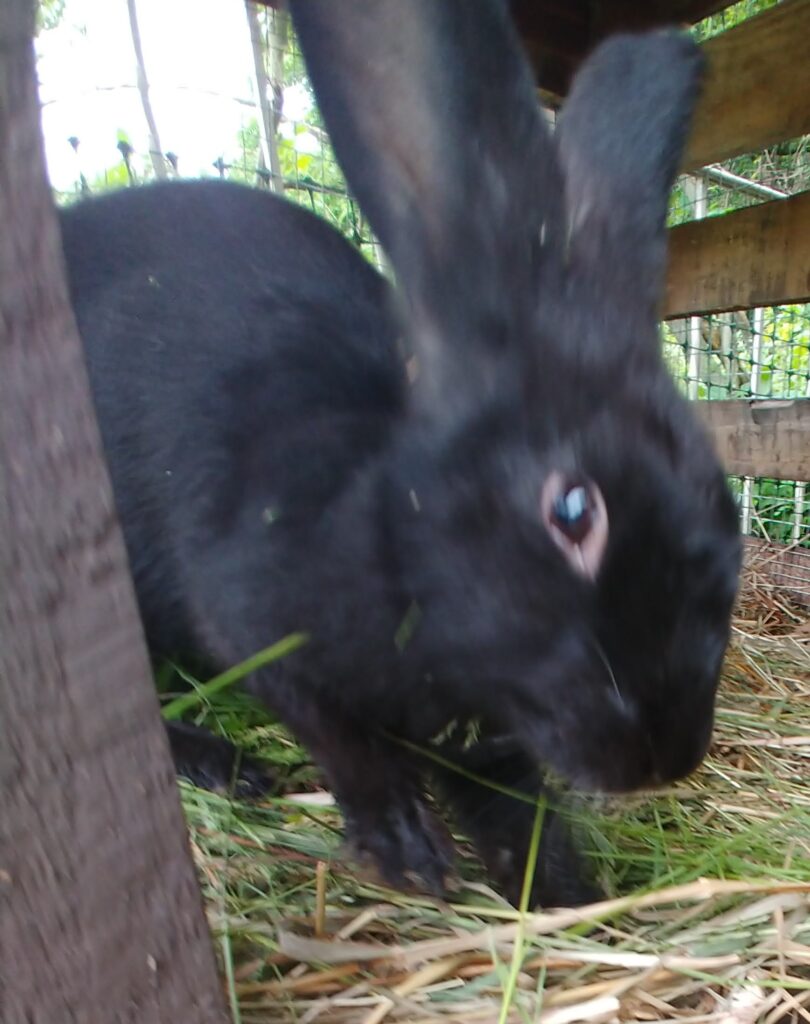Bunnies are back at Barakah Heritage Farm!
We took a break from rabbits during the move south. But bunnies are back at the farm!
Rabbits, especially meat rabbits, have historically been a mainstay of small family farms and homesteads. Many of these old heritage breeds are now gone, or critically endangered. Today, while rabbits are still legally livestock, culturally they are now generally viewed as pets. Rabbits rank in the top 10 most popular pets in the USA, just after reptiles, according to the AVMA.
Our breed of choice is Checkered Giants, a very rare old heritage display and meat breed. Checkered Giants got their name for the checkerboard pattern on their sides. These rabbits come with black or gray (called blue) patterning, or in a sport phase of solid black or blue. We are very excited to be working with this breed!
Checkered Giant Rabbits For Sale
| Name | Price | Date Of Birth | Color | Sex | Consignment | Adult Weight | Sire | Dam |
|---|---|---|---|---|---|---|---|---|
| none currently available | ||||||||
BONUS mentoring package included with your rabbit purchase
Learn side by side with us, as we enter the world of rabbit breeding, preservation and care.
- Downloadable basic supplies list
- Recommended books, videos and websites as we discover them
- Weekly live Skype support call
- Skype video evaluation of your rabbit setup
Guaranteed rabbit return & equipment resale!
If you are unable to keep your rabbit(s) for any reason, we will gladly take it or them back, no questions asked. If you prefer to sell your rabbit, we will list it for you on consignment* If you no longer need your equipment, cages or hutches, we will gladly sell them on consignment for you.*
This is not a refund. Please do not give your rabbits away for free – they often end up euthanized at a shelter or fed to someone’s pet snake. We will gladly take them back or resell them on consignment.
*10% sales commission on consignments
About Checkered Giants...
The Checkered Giant, known as Géant Papillon in French, is a breed of domestic rabbit that originated in France. One of the largest rabbit breeds, the Checkered Giant is recognized by the American Rabbit Breeders Association (ARBA).
The story of the Checkered Giant begins in Europe, where large spotted rabbits were known since the mid-1800s. These rabbits became popular in Germany and were used in some crossbreeding efforts, including the Flemish Giant rabbit to improve size and type. Otto Reinhardt took these rabbits in a new direction and, in 1904, began introducing them to Black Flemish Giants, although some say they were Gray Flemish, to produce rabbits that became the Checkered Giant.
Others joined his efforts and the breed eventually became popular in Europe and then made its way to the United States by 1910. By then the required color pattern for spots was set in a standard for the breed and included the distinctive “butterfly” shaped marking whose wings circle the nose and body extending toward the forehead of these rabbits. In a nod to this marking, they became known as the Giant Papillon in Europe. The Checkered Giant is one of the minority of rabbit breeds with specific coat markings. The markings defined in the breed standard of the Checkered Giant differ somewhat from those in the breed standard of the Giant Papillon (see side note below).
The Checkered Giant is classified as Threatened by The Livestock Conservancy in the USA.
The American Rabbit Breeders Association, or ARBA, recognizes it as one of the biggest rabbit breeds. On the other hand, the Checkered Giant is not recognized by the British Rabbit Council (BRC), which only acknowledges the Giant Papillon. For ARBA show purposes, a mature Checkered Giant buck must weigh a minimum of 11 pounds (5.0 kg), and a mature doe must weigh a minimum of 12 pounds (5.4 kg). ARBA does not specify a maximum weight for Checkered Giants. For the Checkered Giant, ARBA recognizes two varieties: white rabbits with black or blue markings on their noses that resemble a butterfly. On each side of the rabbit’s body, there must be two black or blue patches. From the base of their ears to the tail, they must have black or blue stripes running down their spine.. Each sex and variety is judged separately.
The Checkered Giant has a long, hare-like form with a semi-arched, mandolin body type and a thin yet strong frame. They have strong, muscular legs, a large head, and big ears that should be held erect most of the time.
Interesting side note: The Giant Papillon allows additional color patterns.





